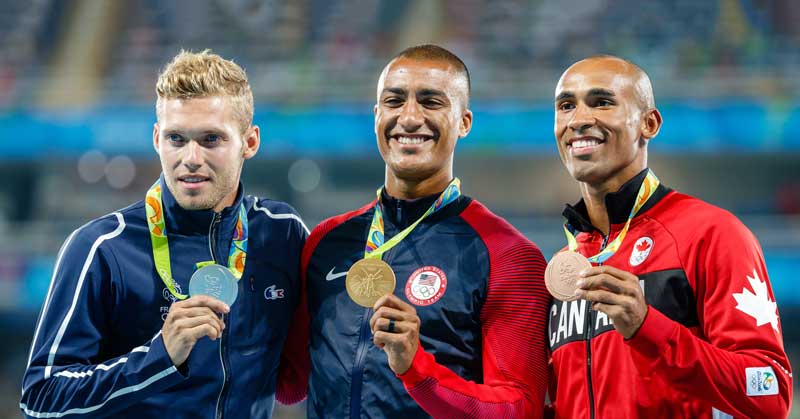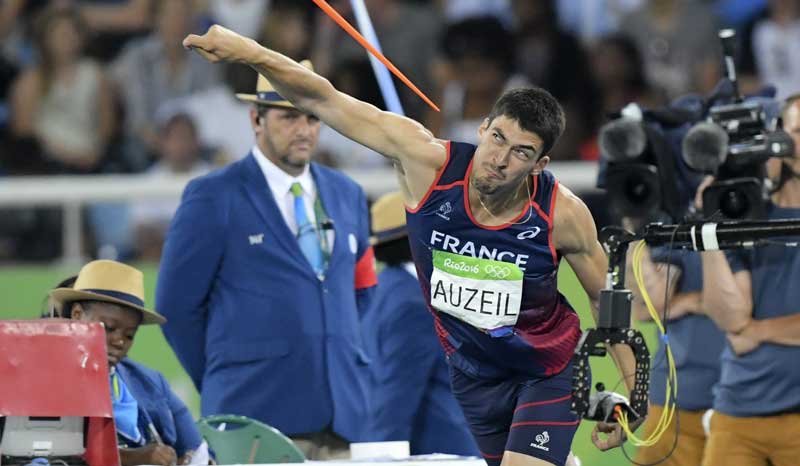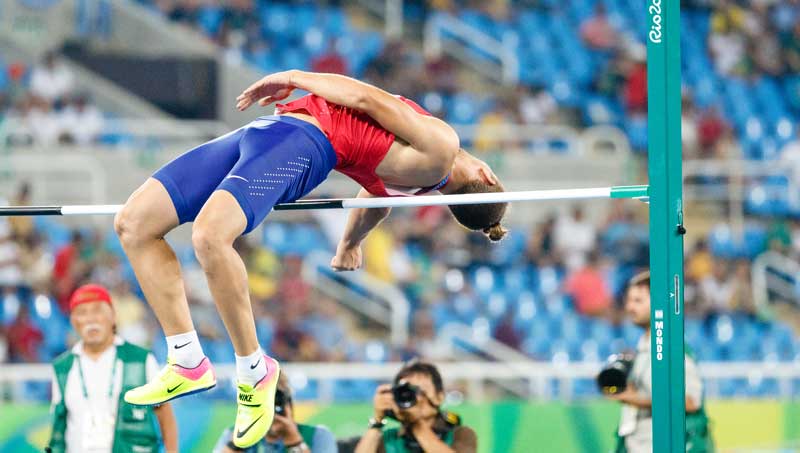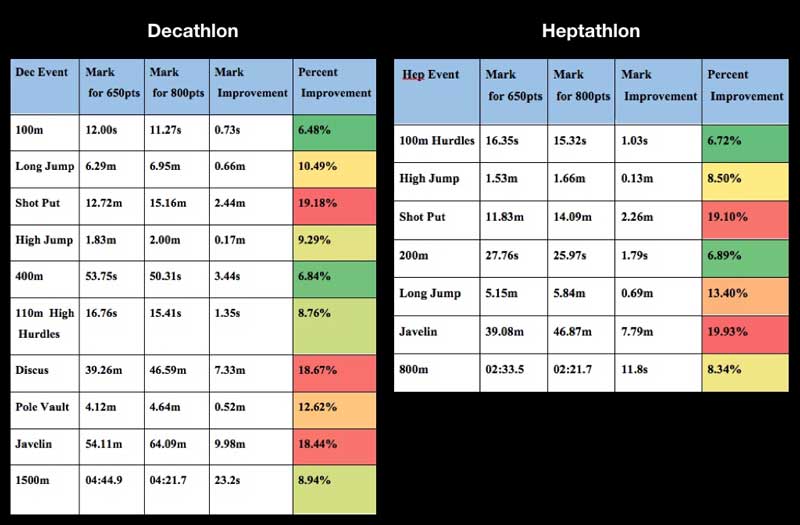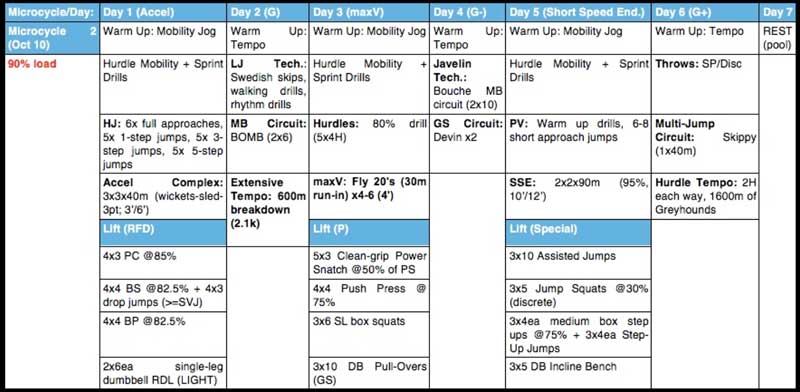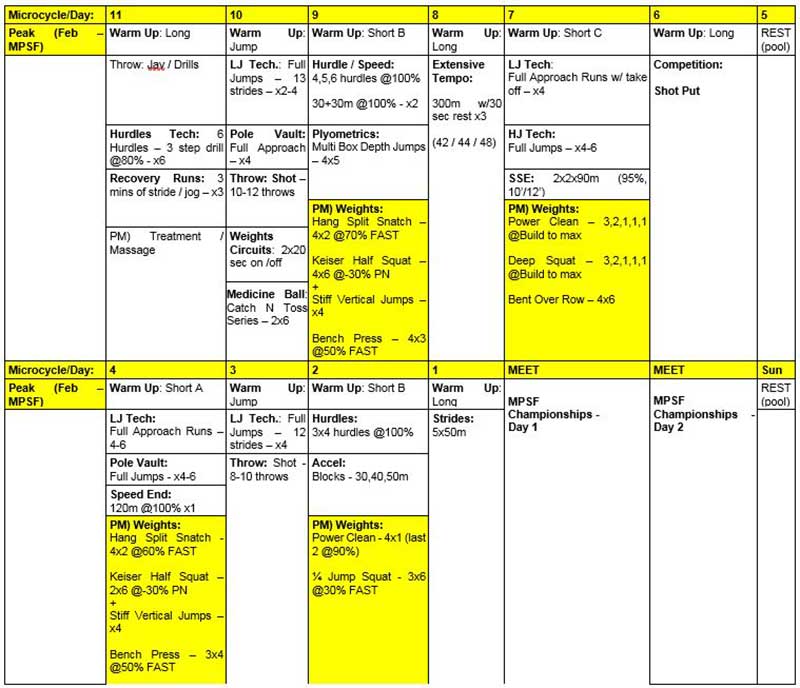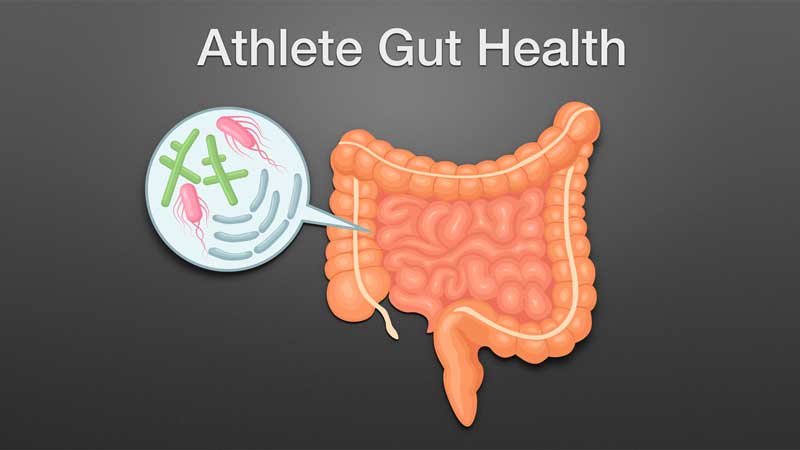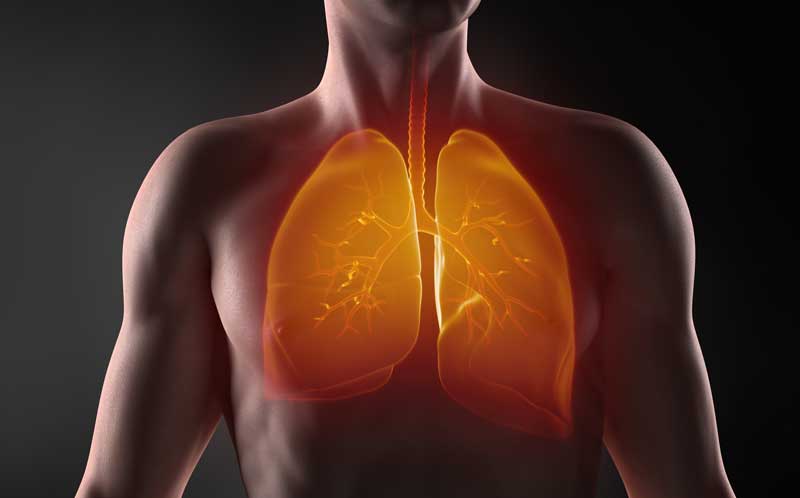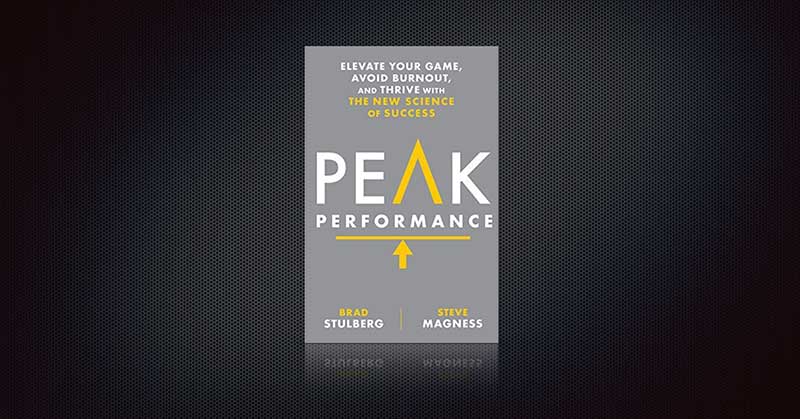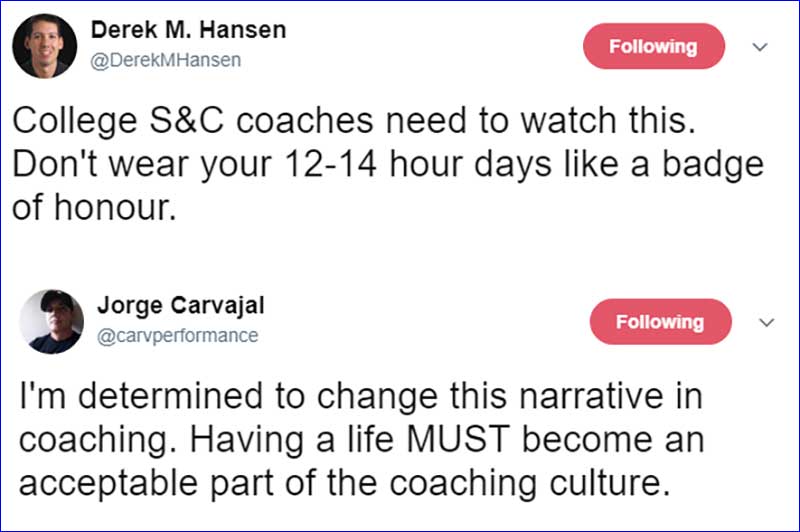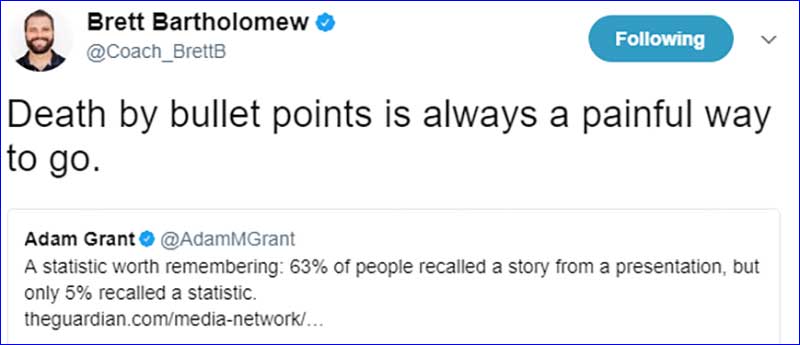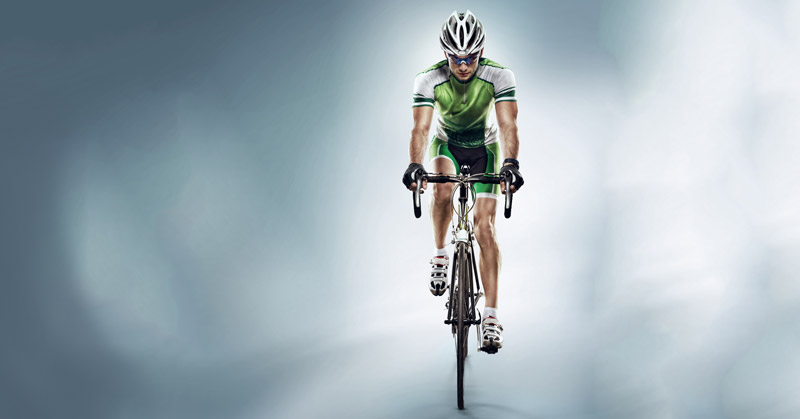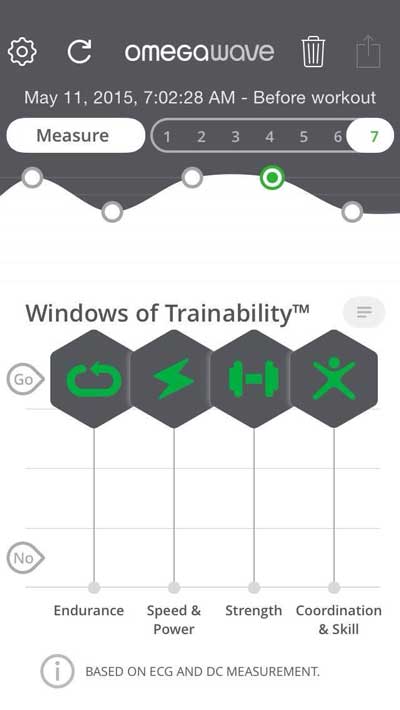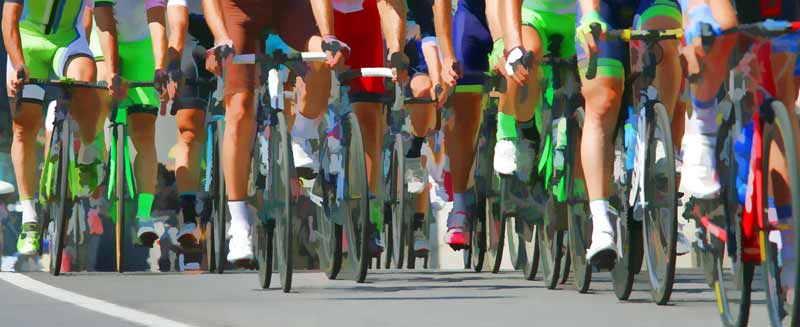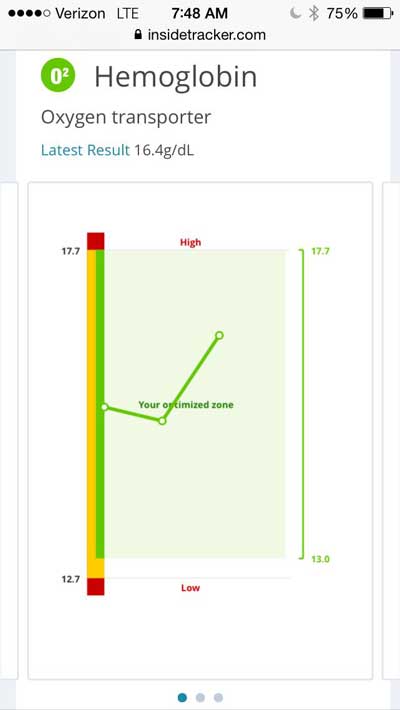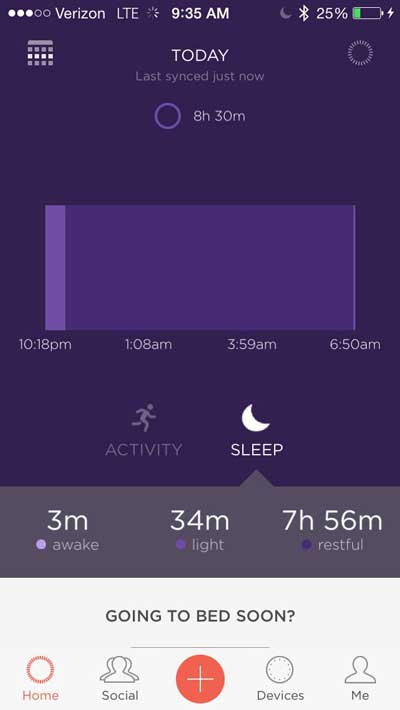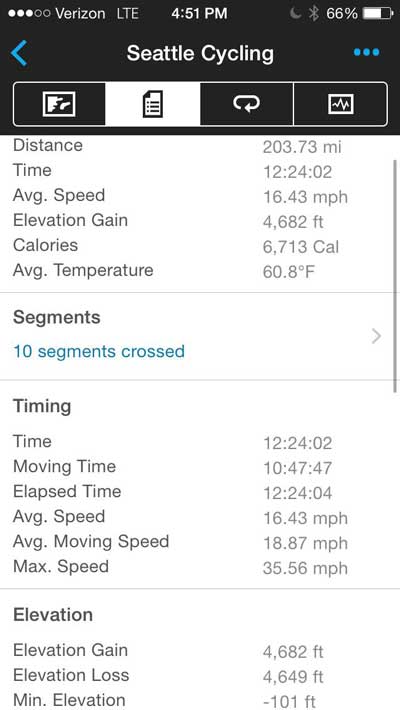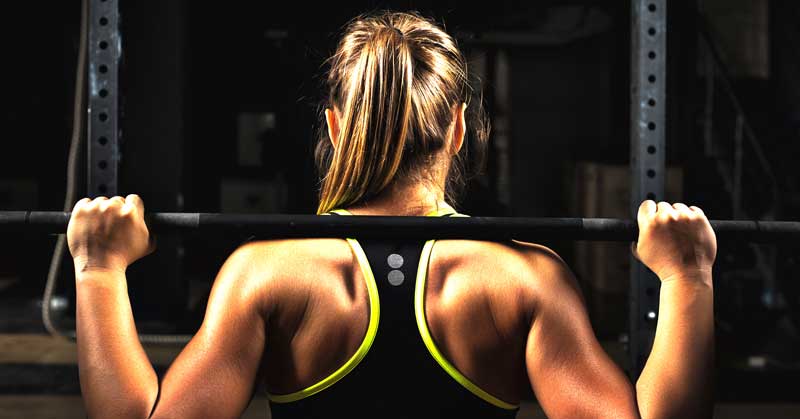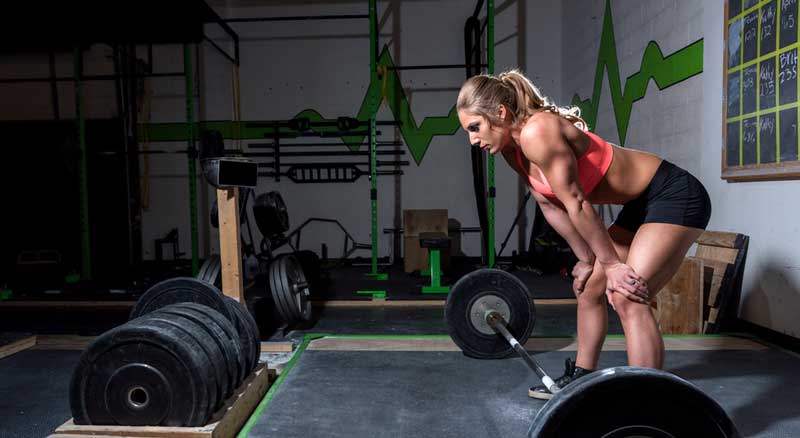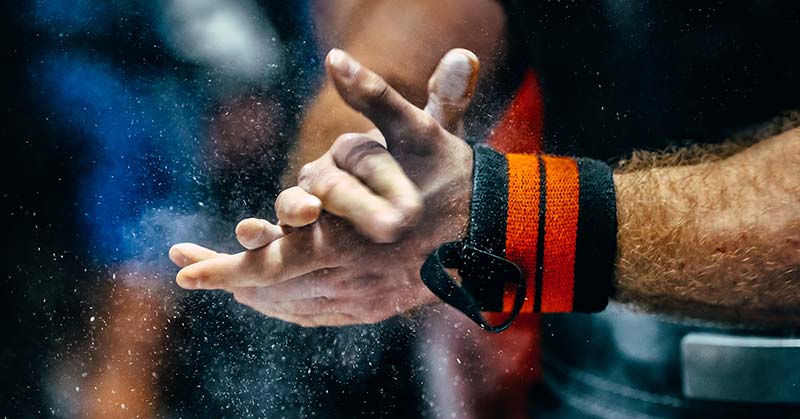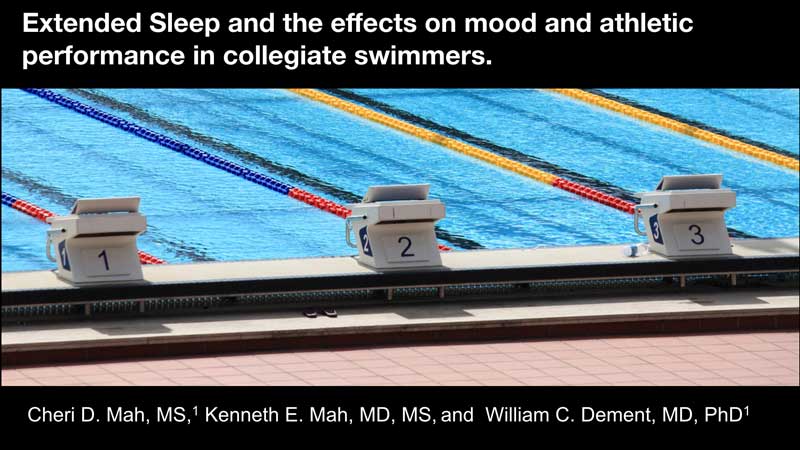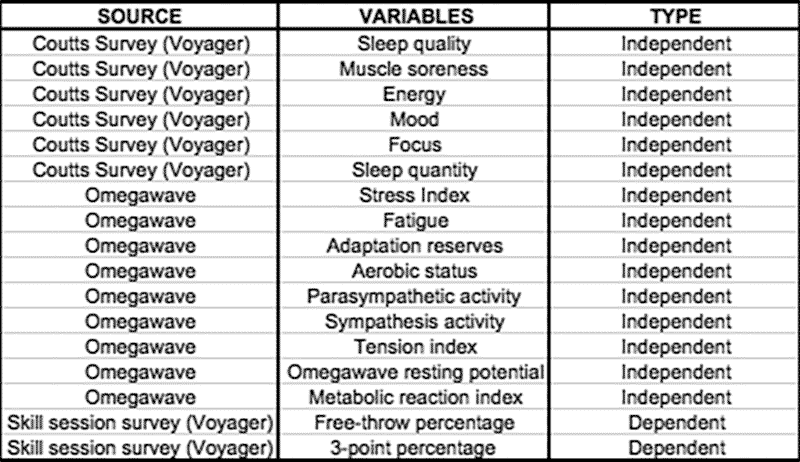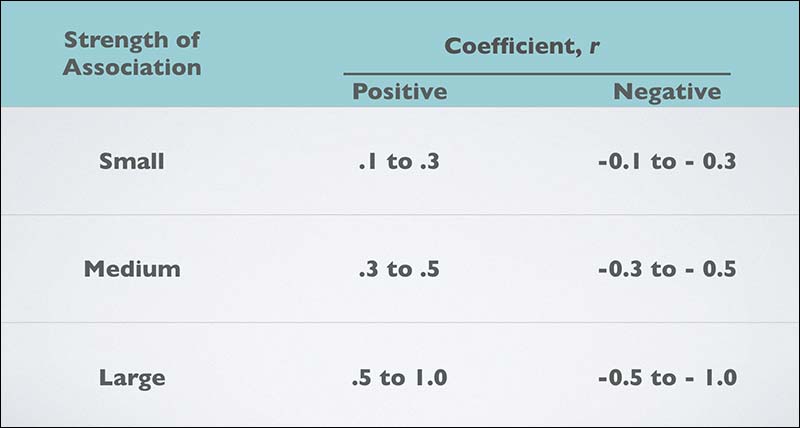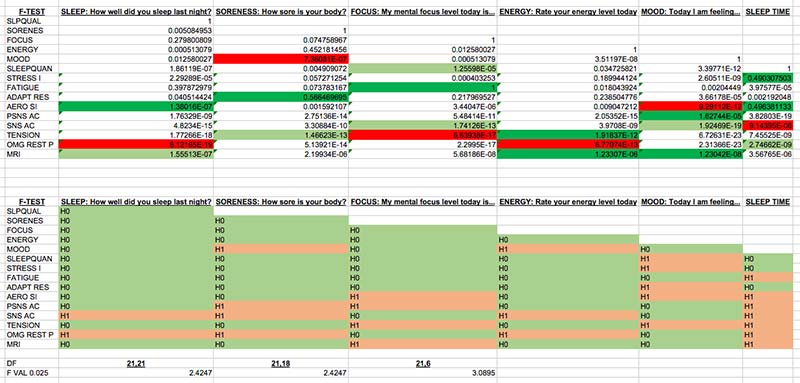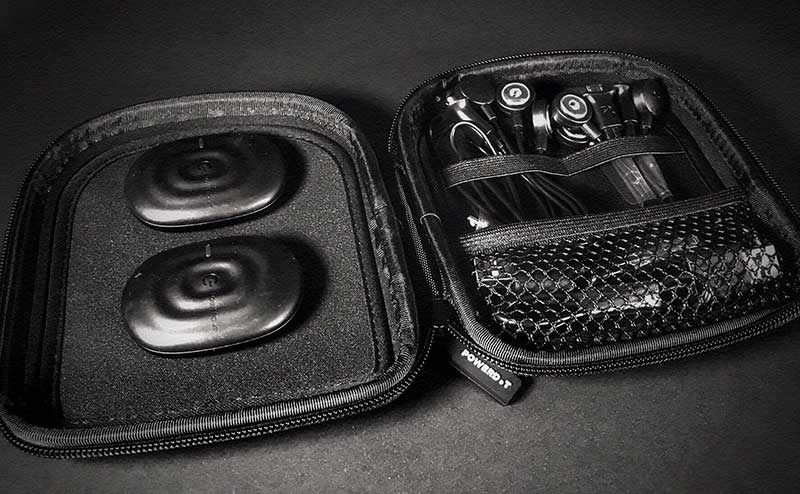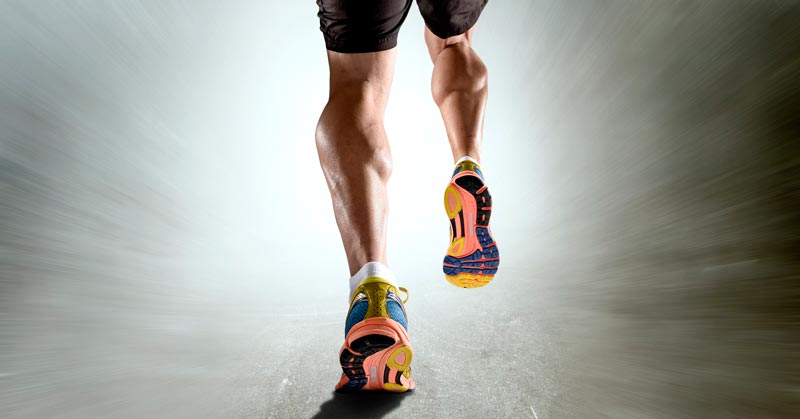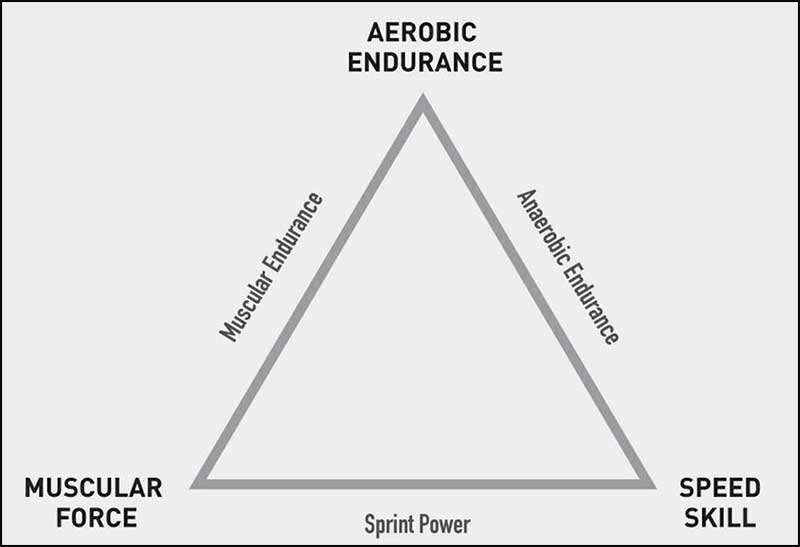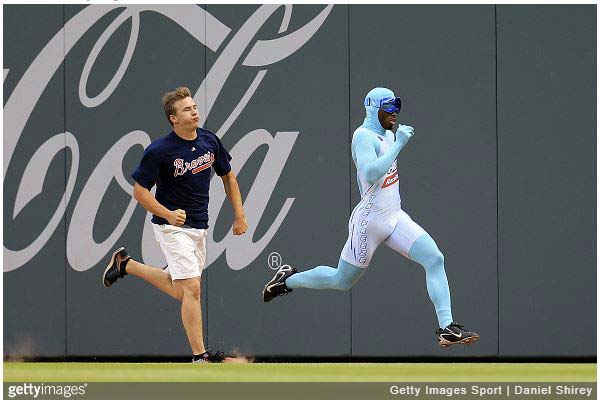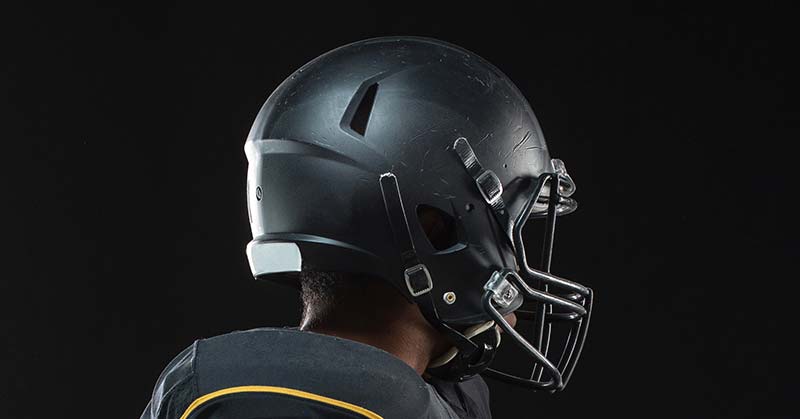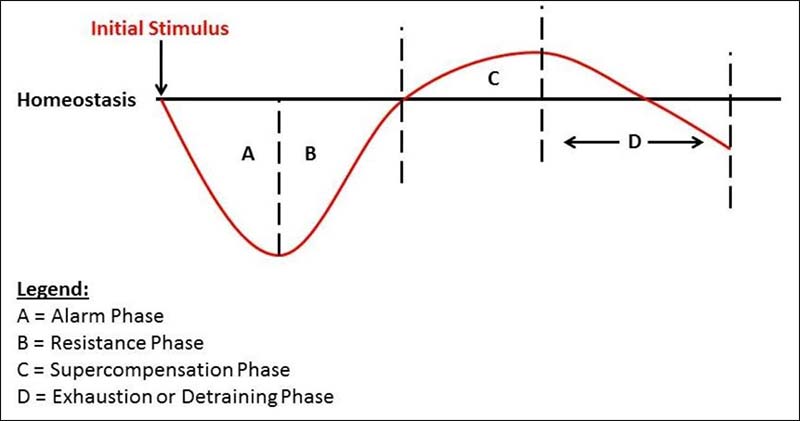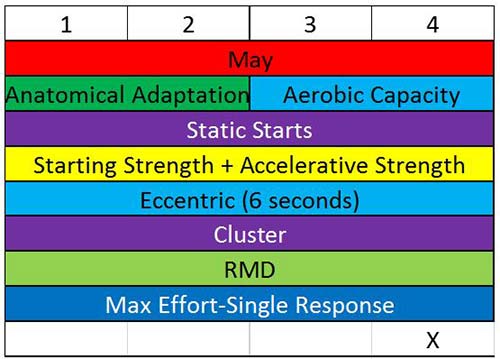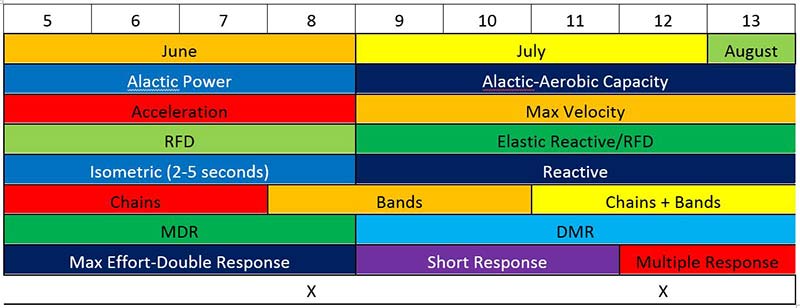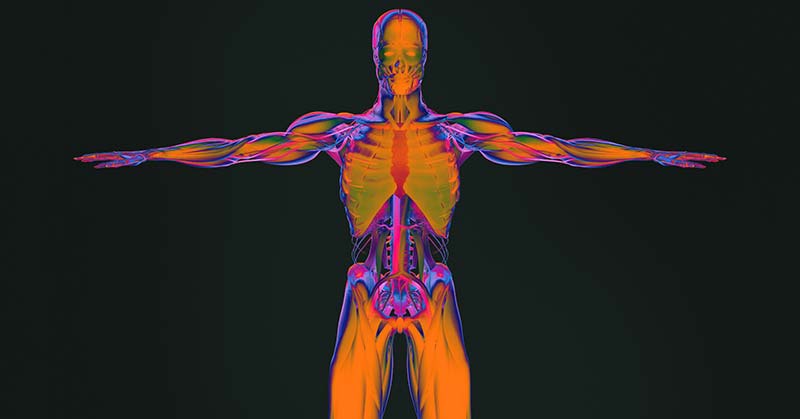
Javier Arnaiz Lastras (Madrid, Spain) is currently finishing his PhD on “Monitoring the acute effects of recovery, training and competition on football player´s skin temperature with infrared thermography,” which he will present before 2018. He holds a degree in Sports Science, as well as both an MSc in Research in Sports Science from the Technical University of Madrid (INEF-UPM) and in Strength & Conditioning and Rehabilitation in Soccer (UPO, Seville). He is the Head of S&C for the national basketball team of Mexico and for Olympic teams and athletes at the High Performance National Center in Mexico City training for Tokyo 2020 in sports such as synchronized swimming, fencing, judo, triathlon, and wrestling. In addition to his academic and professional experiences, Javier is also a sports entrepreneur. He is co-founder of Performance Week Series symposiums (Madrid, São Paulo, Mexico) and part of the ThermoHuman team.
Freelap USA: Sports thermography is decades old, but very few teams use it. Some of the concerns are with the reliability and validity of the data from cameras, as well as poor procedures. Can you shed more light on the way imaging requires both the right equipment and a controlled setting?
Javier Arnaiz Lastras: During the past 15 years, technology in general has evolved. For instance, mobile phones went from VGA cameras and poor resolutions of less than two megapixels (MP) to the most recent ones above 10MP. The same thing happened with infrared thermography (IRT) in terms of resolution, passing from cameras of less than 0.1MP to the most recent ones of 1MP. Higher resolution means more data points in the same area as compared to low resolution. Each pixel has its own temperature information and the greater the number of pixels, the more temperature information inside a thermogram (thermal image).
In addition to resolution, sensitivity is a must. Sensitivity is the difference in temperature detected by the camera. Specialists in sports IRT should take into account the level of asymmetry that needs to be quantified with differences of 0.1ºC on the human body.
Basically, not all cameras are designed to work with humans, as this technology was created for other purposes—like engineering—which do not involve such small differences of temperature. That is why ThermoHuman, in collaboration with FLIR Systems, developed the first infrared camera specifically designed for sports performance in terms of technical characteristics. With the best hardware (FLIR T410SP) and the knowledge in data acquisition and analysis (ThermoHuman), a sports professional can understand and apply this technology. Many people have tried to use thermography without understanding the tool, which resulted in bad experiences and conclusions that did not match the technology’s reality.
ThermoHuman created a specific protocol to evaluate and analyze thermal images for sport. It involves athlete placement, time of acclimation, camera angle and setting, influence factors, automatic region analysis, etc. Just qualitative observations like “this area is hotter than the other, be careful you could be injured” oversimplifies matters.
To sum up, thermography is a technology that needs to be carefully controlled, as there are several factors that have the potential to affect data acquisition and interpretation. Knowing what to do, and more importantly, what not to do, is the key to starting to use this tool. ThermoHuman’s team knows all about this, as it has been researching the technology since 2009.
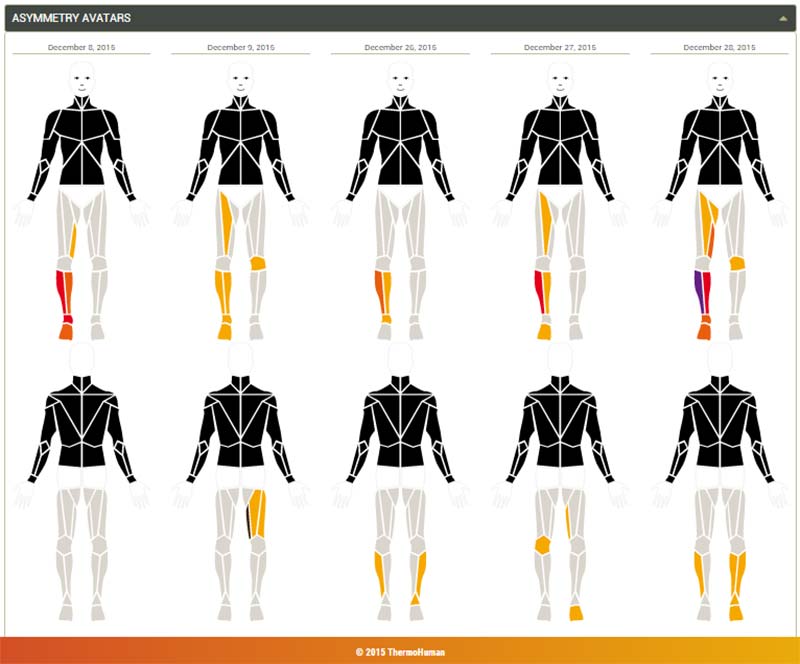
Freelap USA: Can you talk about the relationships to other methods of quantifying soft tissue like tensiomyography and elastography? Both are excellent tools but take time, something that clubs and teams don’t have a lot of. When is thermography smart and when does it go beyond its limitations?
Javier Arnaiz Lastras: I believe that all tools are useful if applied in collaboration with other technologies to extract information. There needs to be a group collaboration to interpret in an integrative way. In the case of elastography and tensiomyography, both measure mechanical properties of the muscle like tissue deformity (stiffness and elastic properties).
I had the opportunity to participate in one study in which we analyzed TMG and IRT during RSA tests in soccer players, as well as another study that compared the response of an eccentric flywheel in hamstring training. The most important finding of this study was that IRT and TMG met a relative reliability, meaning that both techniques are associated with measuring gross neuromuscular responses to acute isoinertial concentric-eccentric strength training. However, due to a variable error that was three times higher than the clinical criteria, IRT was not sensitive enough to detect the specific changes that TMG assessment (Tc, Ts, Tr, Dm, and Td) does.
Additionally, neither had perfect reliability; for that reason, both techniques are not fully interchangeable. Another important finding in this study was the moderate positive correlation between the mechanical power and the work output in respect to average temperature.
Besides these specific results, what is important is that there is a huge emerging field of analysis with this technology to compare with external load parameters GPS and internal load parameters like TMG, IRT and elastography. Regarding analysis, thermography is a fast and non-invasive tool that needs less than one minute for a player to be thermally evaluated with a quick photograph (thermogram) of both anterior and lower views. Obtaining a whole-body evaluation with thermography is far less time-consuming than elastography and TMG, making thermography a tool for daily use.
Thermography has its limitations, as the thermal cameras obtain information on skin temperature, not internal muscle temperature, so it’s hard to detect microruptures or deep alterations. However, there is a link between heat transfer within the organ, tissue, muscle, and skin layers that makes IRT useful for detecting patterns associated with redistributions in blood flow. Hyperthermic and hypothermic problems associated with injuries sometimes appear with no pain. Therefore, IRT provides valuable feedback that an athlete could not provide for themselves. The ability to perceive early compensation patterns by an athlete before potential injury is unlikely.
IRT can track alterations in skin temperature from muscle, tendon, and ligament injuries; neural problems affecting tissue temperature; and compensation patterns. Injury prevention (early signs) and monitoring (follow-up after the injury), as well as training load assimilation, are all possible with sports thermography.
Freelap USA: Do you have any good success stories of teams using thermography for return-to-play strategies? Does the data trend well with the ability to come back on the field?
Javier Arnaiz Lastras: There are several teams doing internal research on the degrees of asymmetry that an athlete has in every phase of injury. Depending on the type of injury, as well as the severity and time evolution (acute, mid-, and long-term recovery), there are huge differences in the evolution of the thermal behavior. This example of an American football player’s ACL injury was obtained before the injury, during the injury, before and after the surgery, during a relapse, and finally during the return-to-play phase.

These are good examples of qualitative thermography (only thermogram) and the evolution of the asymmetry quantified via ThermoHuman in graphs. The software also allows you to extract all the data to CSV files and to visualize using tables and a human avatar.
We have democratized the use of thermography, as our approach enables staff to spend just a few seconds analyzing the image in comparison with the 30 minutes that they would have to spend doing it manually with other software.
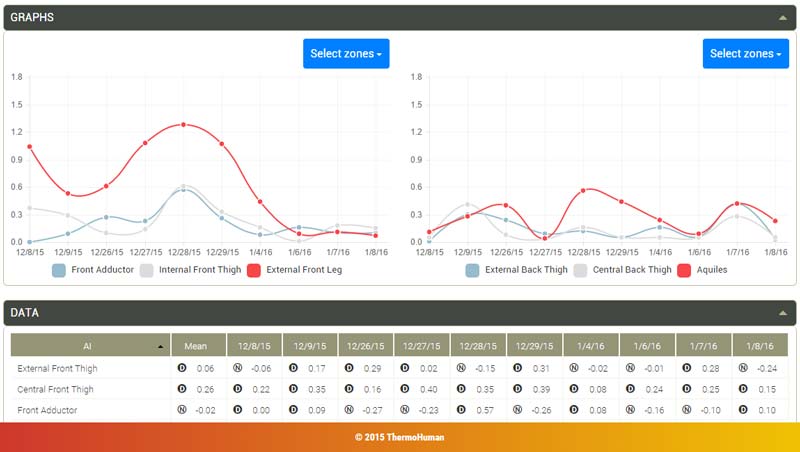
Freelap USA: What are good resources to use to learn more about thermography in sport? What does ThermoHuman provide for teams internationally? Many coaches want to know ways to reduce soft tissue injury, but not much information is available.
Javier Arnaiz Lastras: ThermoHuman offers one-day intensive courses on sports thermography at the Global Sports Innovation Center powered by Microsoft in Madrid, or we can bring our team to the institution that requires our services. Teams usually prefer training in their own facilities, so we are flexible in the location while keeping the quality of our content consistent. Our one-to-one training and team of PhDs specialized in sports thermography is the key to our value.
Research about sports thermography is still not as advanced as, for example, GPS, but we share the experiences of all our customers all over the world. Others can learn from these different case examples of how to analyze information coming from different staffs and types of athletes. We do the best we can to publish in research journals, and I think we are probably one of just a few startups that has a PhD on staff that does research. We are trying to create more innovation and knowledge from a scientific basis.
Basically, institutions usually look for a whole solution comprised of a thermal camera, software, and specific training; however, some prefer to work with us as consultants. ThermoHuman is a turnkey solution, and we love communicating with our clients and partners to keep improving this technology.
We believe in forging strong professional links because, in the end, we are both in the same channel of professionals who enjoy sports science. We think this is the best way to get information: read some papers online, take the course and start working with thermography, and communicate with us and other people to share and learn new ideas.
Freelap USA: What is the future of sports thermography? What do you see down the road with both education and technology that will improve the outcomes of monitoring, sports medicine, and training?
Javier Arnaiz Lastras: From my point of view, the future of sports thermography is first about having good-quality thermal cameras at a lower price to expand the use of thermography. Next, it’s about integrating software and hardware to create an IoT (Internet of Things) device. Third is machine learning and giving the user the chance to have reports with deep intelligence. We are in the first phase of gathering data and creating thermal profiles of each sport and injury—the more athletes and injuries in our system, the higher the possibility of ThermoHuman providing thermal patterns for injury recovery based on thermal analytics.
As a professional, I believe in simplifying data acquisition and analysis—less time spent on obtaining faster data is a must. We also need to understand which key metrics are most related to our sport and their relationship to performance and injury. Too many times, players are monitored with nonsense to obtain questionable variables that professionals either don’t understand or don’t know how to apply on a day-to-day basis.
Working as an S&C coach and having the knowledge to understand sports science has given me the practical and theoretical perspectives of both professions. However, I think sports science should be more accessible to provide better answers to daily decision-making and create thresholds for practitioners. No one technology will prevent injuries without the expertise of a practitioner, so technology must provide information to help us make better decisions. Education in sports thermography will help future generations of sports professionals and sports medicine practitioners.
I’m convinced that technology should provide specific parameters that are important and relevant. ThermoHuman was designed to visualize data sets into three types of charts: thermal avatars, graphics, and tables. We are committed to simplifying sports thermography by providing analysis and visualization, along with education for sport.
Since you’re here…
…we have a small favor to ask. More people are reading SimpliFaster than ever, and each week we bring you compelling content from coaches, sport scientists, and physiotherapists who are devoted to building better athletes. Please take a moment to share the articles on social media, engage the authors with questions and comments below, and link to articles when appropriate if you have a blog or participate on forums of related topics. — SF
Reference
1. Fernández-Cuevas, I., Arnáiz Lastras, J., Escamilla Galindo, V., & Gómez Carmona, P. (2017). Infrared Thermography for the Detection of Injury in Sports Medicine. In J. I. Priego Quesada (Ed.), Application of Infrared Thermography in Sports Science (pp. 81-109). Cham: Springer International Publishing.
